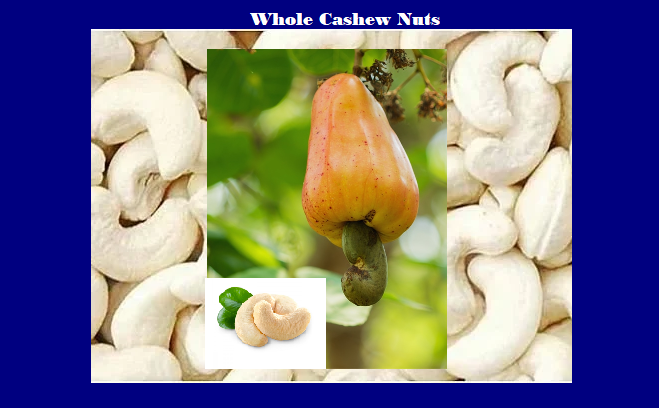The global cashew market is undergoing a significant transformation in 2025, marked by a robust increase in Vietnam’s raw cashew imports (up 9.1% in volume, 39.9% in value in Jan-May). This surge, primarily from redirected African flows via Cambodia, is fueling intensified price competition for raw materials and elevating global kernel prices. Despite rising export revenue, Vietnam’s cashew industry faces a rare trade deficit as import costs outpace exports, emphasizing a strategic focus on quality, diversification, and trade promotion.
Surging Imports: Vietnam, the world’s largest processor and exporter, imported over 1.32 million tons of raw cashews in the first five months of 2025, valued at nearly $2.1 billion USD. This represents a notable 9.1% increase in volume and a striking 39.9% surge in value compared to the previous year. This huge disparity underscores intense price competition.
Redirected Flows: A major highlight is the redirection of raw cashew flows from Africa primarily to Southeast Asia. Cambodia has emerged as Vietnam’s dominant supplier, accounting for over 63% of its cashew import bill, with average prices up 19% year-on-year from this origin. Tanzania and Nigeria are also seeing rising prices from increased Vietnamese demand.
Rising Costs and Trade Deficit: Despite a healthy 19.4% year-on-year surge in export revenue, the Vietnamese cashew industry faces a rare trade deficit as its import bills (due to higher raw material prices, supply-side challenges, currency fluctuations, and rising logistics costs) outpace export earnings. This is putting significant pressure on profit margins.
Strategic Focus: To counteract these challenges and meet the ambitious $4.5 billion USD export target for 2025, Vietnam’s strategy hinges on:
Raising product quality: Market diversification (e.g., increased exports to China, which has now surpassed the US as Vietnam’s leading destination, and continued focus on EU, Middle East).

